Becoming a freelance photographer can offer a lot of freedom and fulfilment – however, it can often be difficult to know exactly where to begin.
Whether you’re considering freelance photography as your occupational priority or will be taking it up as a hobby alongside your current occupation, the money management experts at Jolly Good Loans are offering their top tips to help you start a fulfilling self-employed career.
From ensuring that you have the funds and an established client base to kickstart your career to purchasing the right equipment and making sure you have a digital footprint, we’ll cover it all to help you get on your way.
Invest in your equipment
Your top priority should be investing in some high standard equipment. After all, even with the best skills, your equipment is the tool which facilitates you to showcase them. The gadgets to consider initially should include an up-to-date camera, lenses, the right memory cards and a flash.
Selecting the right equipment can often seem overwhelming at first, so it’s important that you do your research. Alternatively, if you have any contacts who are successful freelance photographers, consider asking them for their recommendations on equipment. You should expect to spend around £2,000 on a top-of-the-range professional camera to get the best results for your photography. However, we would always recommend renting any equipment which you may be unsure of before you purchase – this way you can experience the product without committing. This is also a cheaper option if you’re not quite equipped with the funds to make big investments when you’re first starting out.
Although these items may initially seem expensive, as you grow your client base and advertise your portfolio so the jobs come flooding in, the extra expenditure is more than likely to pay off.
Gather your network
If you don’t have many existing clients, or if you’re worried that your network isn’t substantial enough, consider joining an online platform to gain clients and begin getting your name out there. One option to get your voice heard is to create a blog and ensure that you post regularly to attract new clients. As you build your following, this could lead to your name becoming a trusted voice in the business. Translating visitors into clients is a possibility, as they begin to learn about your work – so, budgeting for blog posts in your weekly schedule could be the key to getting the clients to flow in.
Deciding on a ‘type’ of photography to specialise in will also help to gather your network. When customers search for a photographer online or are discussing between friends, they’ll often have a particular type in mind for a certain event. From fashion photography to pet photography or wedding photography, different scenarios are likely to be very specific to your skillset. So, ensuring that your online advertisements or blog posts are entirely tailored to where your strengths lie is a must when looking to build relationships.
Some other options to consider are joining a professional association to keep well informed with everything happening in the industry, the latest trends and what the most skilled are doing. However, most of these networking techniques won’t be beneficial without a good website. When it comes to winning business instead of your competitors, people will be interested in your technical ability and creative flair. This is also the first impression prospective customers will gain – so it makes sense to prioritise this.
Get fully organised
As a freelance photographer, you’ll need a strong portfolio to attract clients – particularly when starting out – to give a good representation of your skills and build trust with the customer. Although it may seem unappealing at first, doing some work for free is a great way to establish what you’re good at, build networking relationships, and gather some great content for your portfolio. This should be advertised on your website, and you should always have a physical copy in the event that in customer meetings they are requested. If you’re not shy to show off your incredible work, then you’re more likely to give the impression that you’ll deliver first-class photography for your customer.
Once you’ve established a steady flow of clients, you’ll likely find that you have a lot to do every day – so creating a detailed schedule is an efficient way to manage your time and workload. Whether a digital or a physical copy would prove most beneficial for you, keeping this populated will also help you keep a record of your past jobs, and prepare for any upcoming jobs you have scheduled. From remembering to take half an hour at the end of the day to edit your photos, to make sure you attend that all-important workshop next week, the benefits to keeping a schedule may be greater than you initially expected.
It takes passion and skill to successfully capture an event or the beauty of a scene. So, we hope that while you’re equipped with your skills, getting your business off the ground will be a little bit easier now that you have the right know-how, and understand how to stand out from the rest.
Head to our website now to view our full range of the best photography accessories to help kick start your career as a freelance photographer.
Author Bio: Keith Harrison is a content creator and writer for Jolly Good Loans – your online personal loans encyclopaedia.

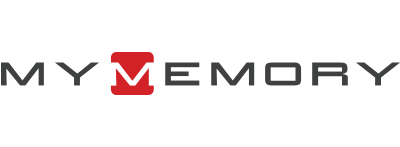

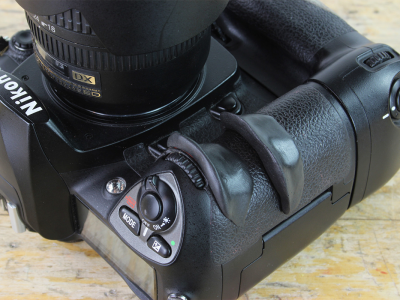
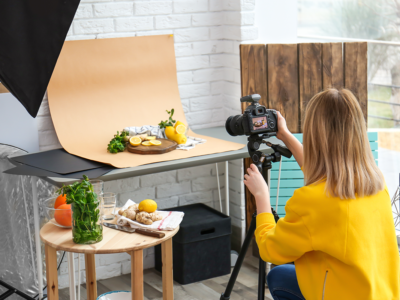
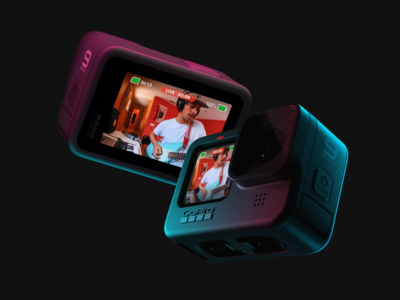
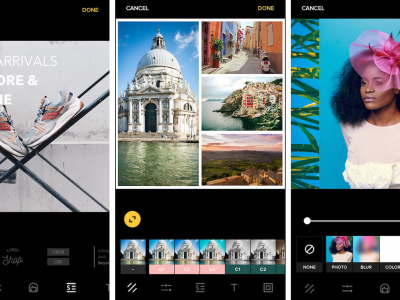

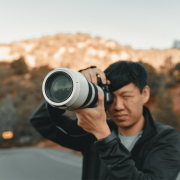
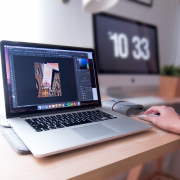
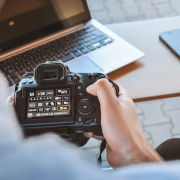

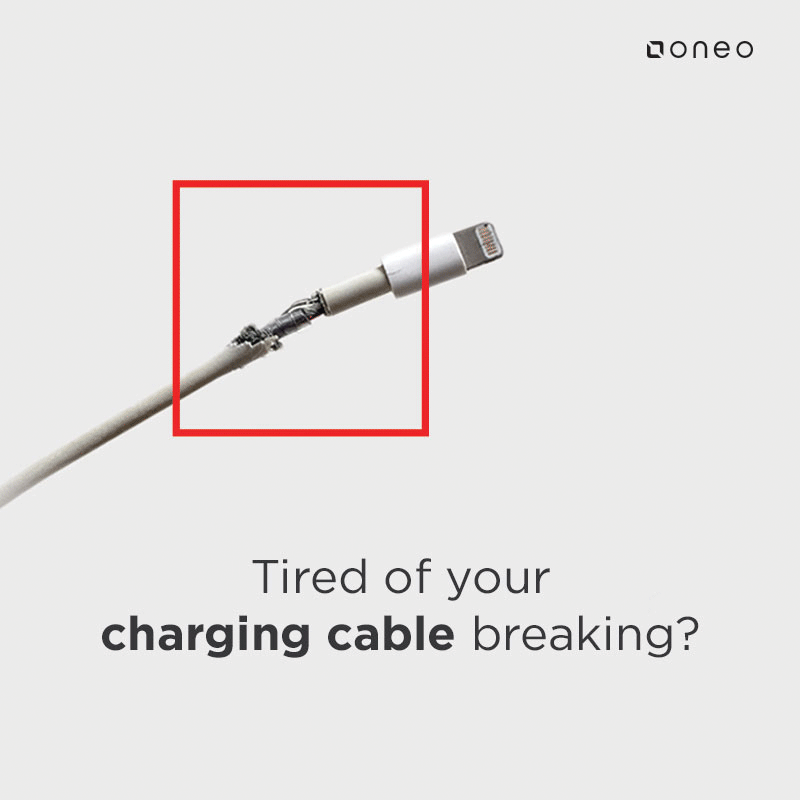
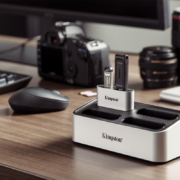

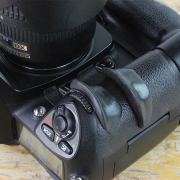

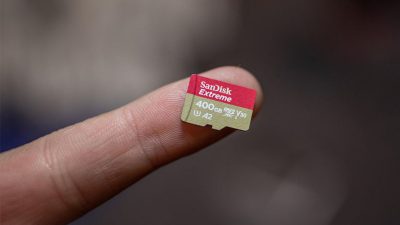

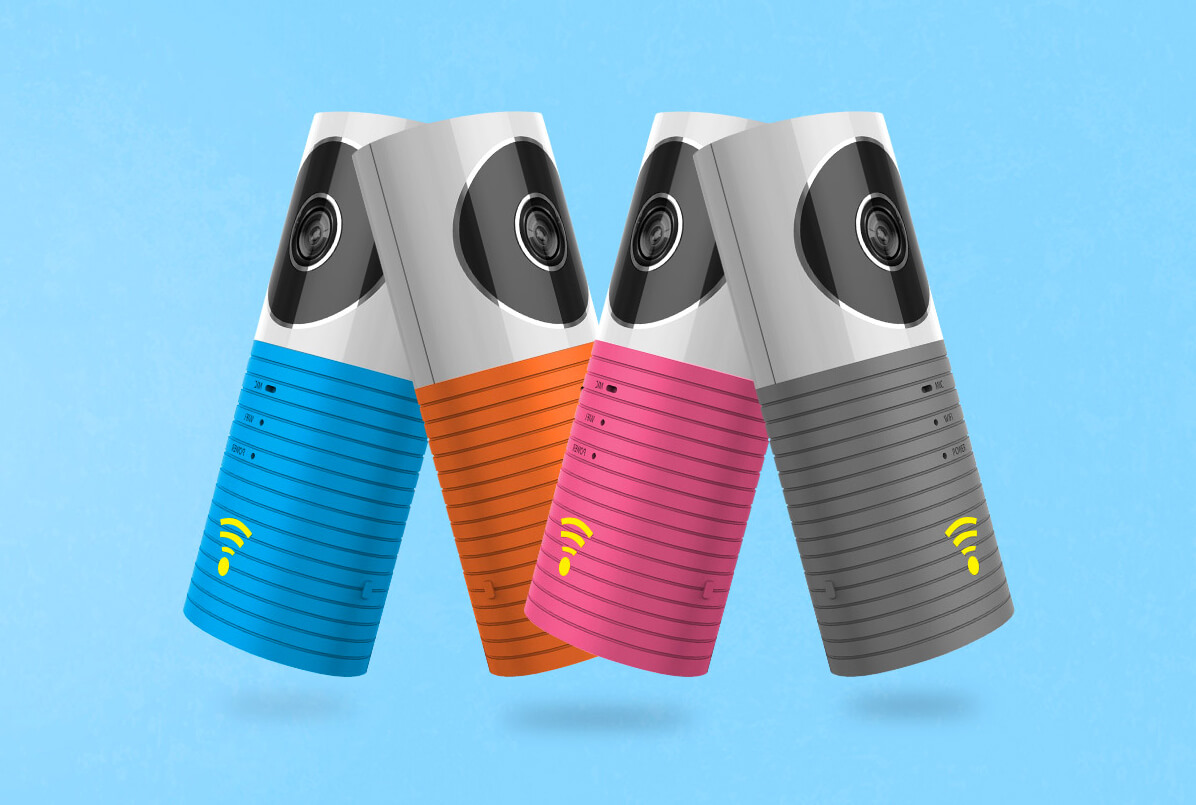
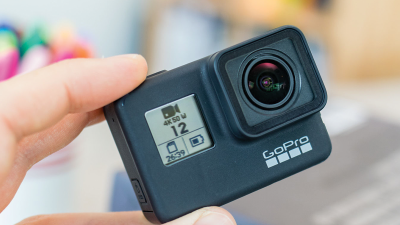
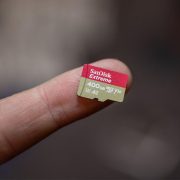

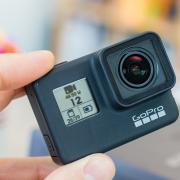
Comments